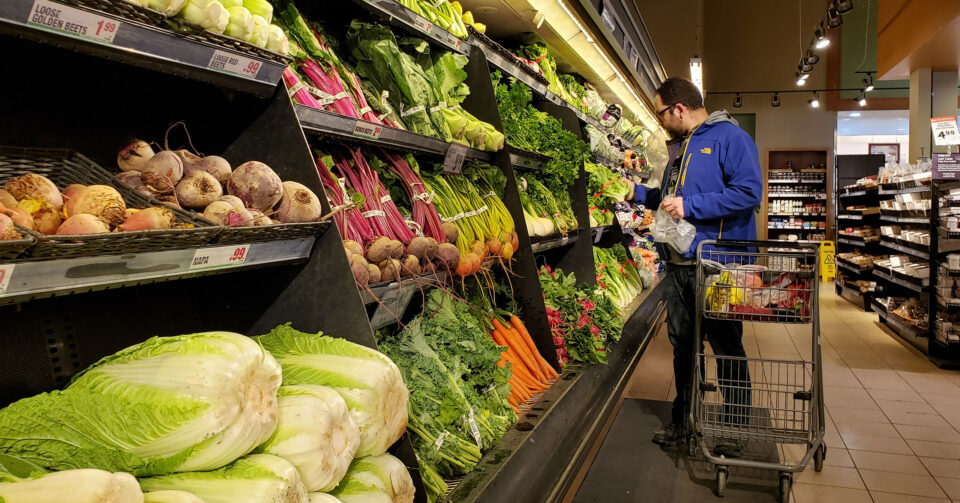East Meets West: How Hai Chix and Steaks Stood Out in the World of Food
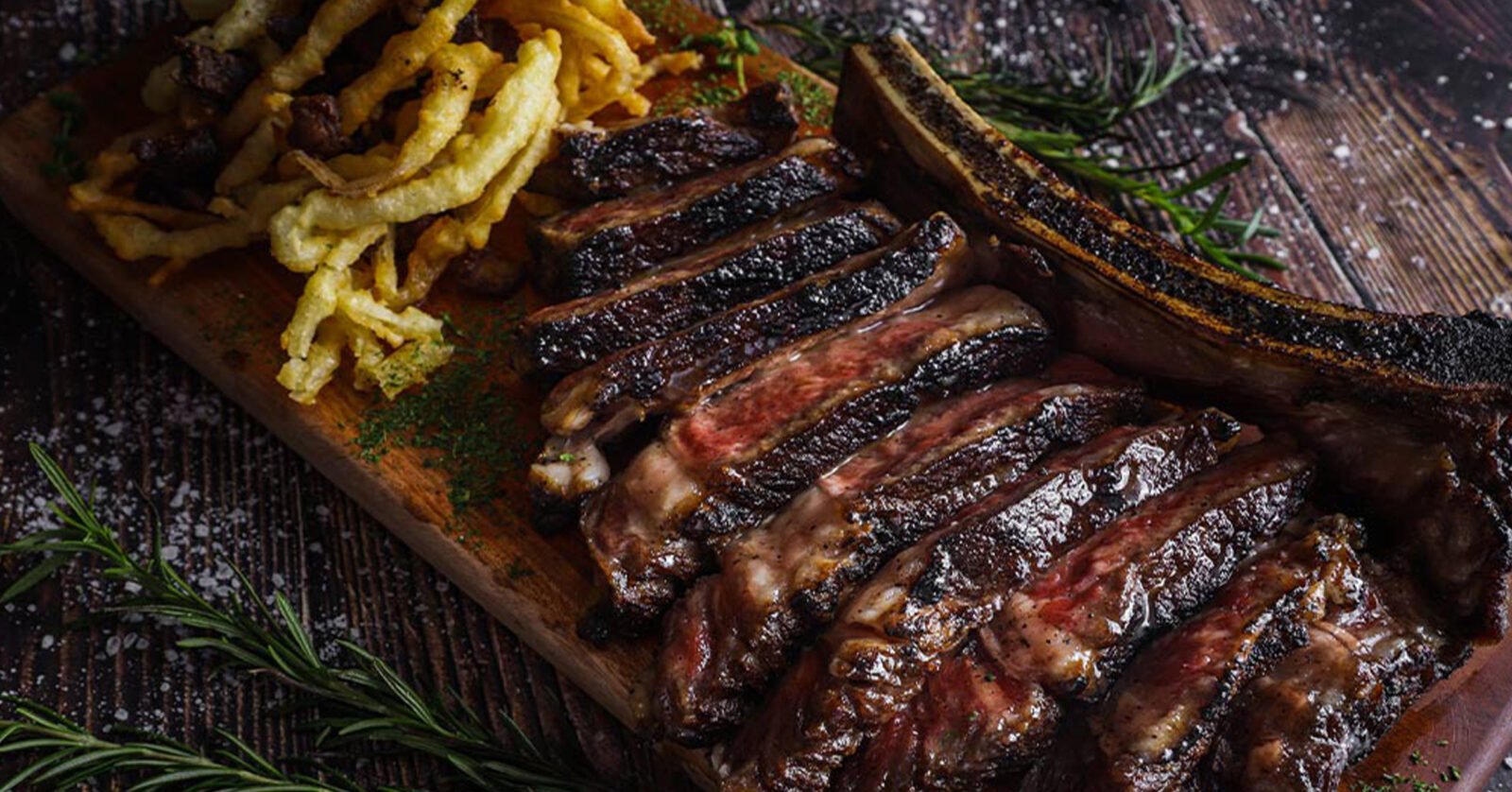
The steaks are high, but Hai Chix and Steaks rose up to the challenge by serving diverse dishes that have put them on the epicurean radar.
When you crave Hainanese chicken, you automatically go to a Chinese restaurant. And when you want steak, you visit a steakhouse. Or an American restaurant, for that matter. But what if you want both? You go to Hai Chix and Steaks.
Established in 2012, Hai Chix and Steaks is the brainchild of Sonny Bitong, French Lejano, and Chef Ferdie Agustin. Initially, the trio were (and still are) tied to FilOil Gas and Energy Company, Inc.—known by many as Eco Oil—before venturing into the world of food, starting with Brother’s Burgers, and now, Hai Chix and Steaks.
By its very name itself, the restaurant specializes in Hainanese chicken and steak—an unconventional combination and the first of its kind here in the country. “Hainanese Chicken is my favorite Asian dish and [so are] steaks,” Chef Ferdie Agustin shares. “I put the two together, and so, it’s actually an east meets west [concept].”
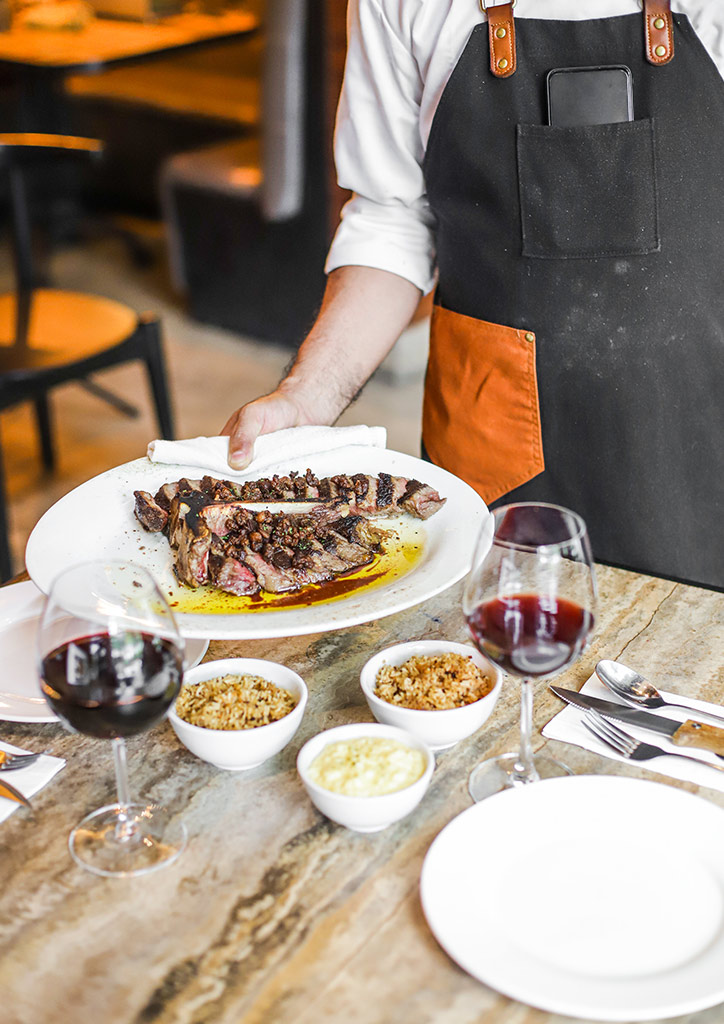
Authentic or Fusion?
While some restaurants specialize in one cuisine—serving true-to-form dishes that use the country’s ingredients and techniques—others offer a diverse selection, which involves bringing together multiple cuisines. In some cases, the latter results in fusion dishes they can call their own.
Hai Chix and Steaks, however, strongly maintains that each dish keeps its authentic roots. But what sets them apart from the rest? It all lies in creating their own version of the dish.
“Not to confuse it with fusion—those are totally different things. We have the best of Asian cuisines and the best of Western cuisines under one roof. But it’s not fusion. There’s nothing fusion about any of our dishes here,” he explains. “Fusion is like taking a Spanish dish and recreating it using local ingredients to come up with that particular dish. We don’t do anything of that here.”
Using one of the restaurant’s bestsellers to explain, he adds, “[For our] garlic buttered shrimp, most would mistake it for gambas, but it doesn’t use the same ingredient as gambas. It’s based on my favorite dish, and then we recreate our own. Our own version. But it’s close to the original. We add something to make it uniquely our recipe.”
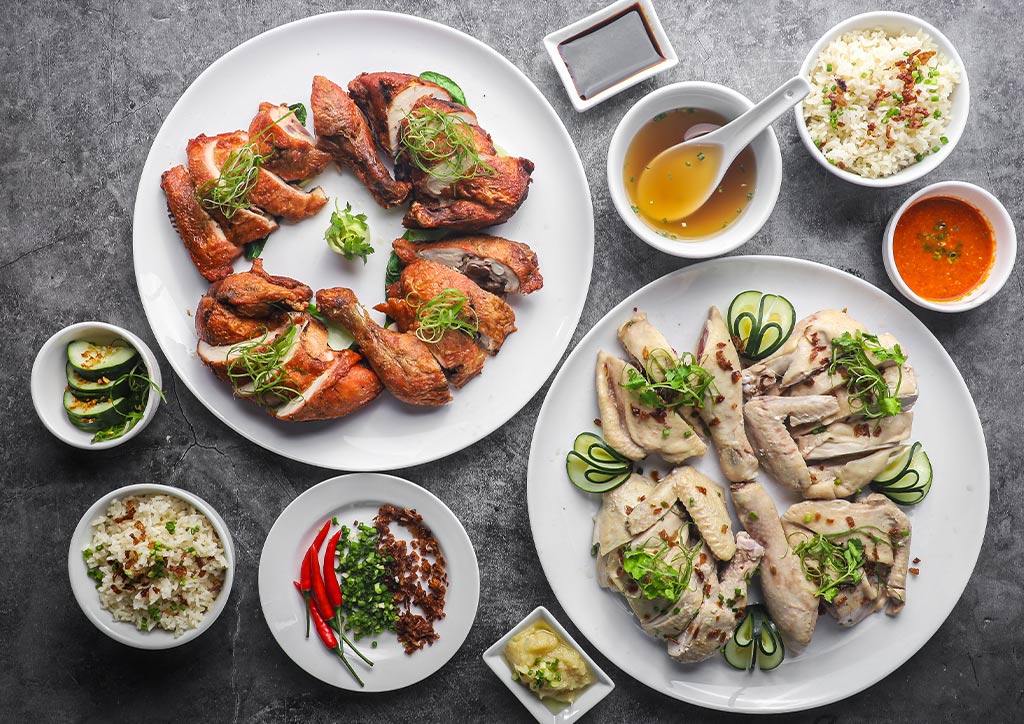
Putting Your Best Food Forward
Trial and error are what makes a menu come to life and for that, many attempts have to be made. This, however, is not something all restaurants tell their guests, as they aim to maintain a polished appearance. Chef Ferdie, however, candidly shares his current project: an in-house dry-aging system. This practice just started 3 months ago and the goal is to offer this added service “for a more premium feel.”
“Actually, it’s still on the R&D [research and development] stage,” Chef Ferdie confesses. “We make adjustments based on the feedback we get. The more you age it, the more ‘funky’ the flavor. And those who know a thing or two about dry aging really look for that particular taste.”
While it is an option for the discerning palate, the chef admits that it isn’t for everyone. “It’s like having lamb for the first time. If you’re not used to having lamb, the aftertaste is a funky flavor. They also have that in dry aged beef,” he continues. “That’s why we’re adjusting for that. Of course, after aging it, and cutting it, we vacuum-pack it for it to store longer and it still continues to age.”
The key to a good dish, however, lies in the quality of its ingredients, and Chef Ferdie knows that. “We have several suppliers, but most of our beef comes from either the US or Australia. We have some parts from Brazil that we use for our salpicao, but [they’re] mostly from the US or Australia.”
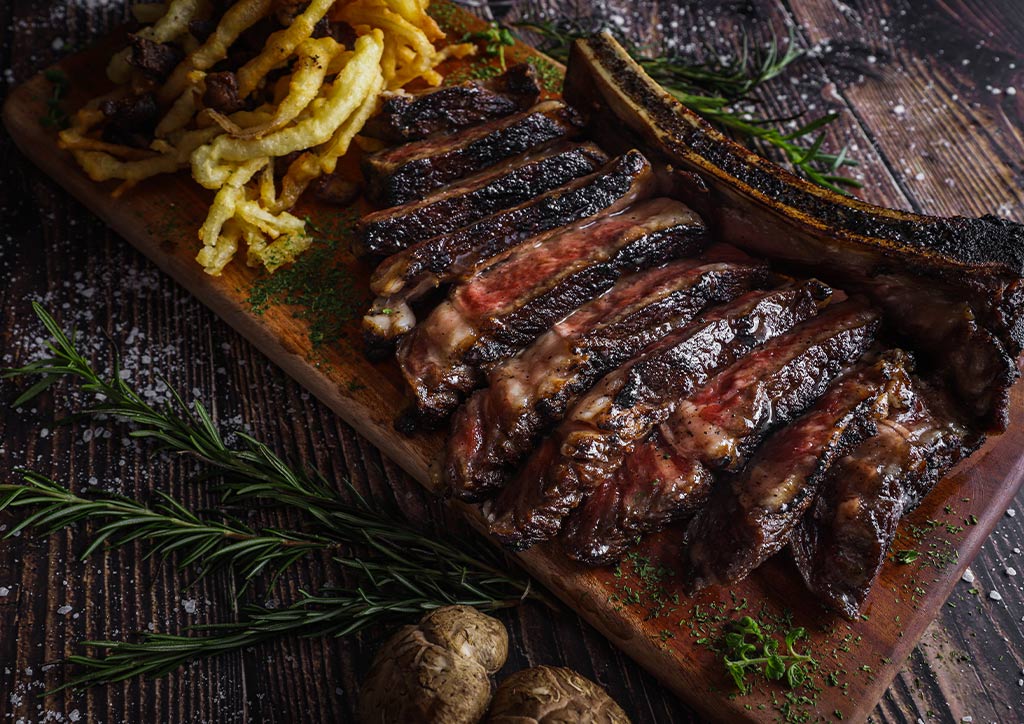
The Restaurant’s Unique Selling Point
Restaurant owners know for a fact that the food business can be cutthroat, which is why each restaurant needs to stand out from the rest. For Hai Chix and Steaks, it’s as simple as the name. “It’s an unusual name for a steakhouse,” Chef Ferdie says. “But we’re not just a steakhouse. It’s also in the way we prepare our dishes and of course, the flavors that result from this.”
“Stand out… I never really thought of that. We just try to create the dish as presentable and as flavorful and as delicious as possible,” he adds.
Being in the business for 10 years already, Hai Chix and Steaks has grown into what it is today by developing based on feedback that it gets. In fact, this open-minded approach has rewarded them with insights on how to perfect the restaurant’s menu. “Sometimes, there are fellow chefs who dine and give positive feedback and also sometimes suggest how we can improve our dish. We take those into consideration in developing a new dish and we try to come up with a new dish as often as possible.”
Adapting to the times, Hai Chix and Steaks also offers seasonal menu items. “Since it’s the rainy days, we made our own Hainanese chicken ramen and Hainanese chicken gyoza. Those are things we come up with every now and then,” he reveals, adding that it will be available as long as supplies last.
And true to his philosophy of listening to customer feedback, Chef Ferdie adds that “If it becomes popular, we might just put it on our regular menu.”
Must-haves from Hai Chix and Steaks
In a diverse plethora of dishes, one or two favorites stand out—the bestsellers. These are what put every restaurant on the foodie radar, and in the case of Hai Chix and Steaks, the choice is clear. “Of course, the Hainanese chicken,” Chef Ferdie says simply. “In terms of the number of orders served, it’s the Hainanese chicken. We have fried Hainanese chicken and grilled Hainanese chicken. It’s like inasal, but with a twist and a different dipping sauce.”
And of course, the steaks, surprisingly, are as straightforward as it gets. “We just grill [our steaks]. We have our own in-house rub—a combination of salt and pepper and other spices. It’s one recipe and different parts [of the meat]. And then, we have one: the Steak Frites—again, [the] same rub but it has a special sauce that we also develop,” he explains, adding that it’s the sauce and side dishes that give each dish an identity of its own.
But for those who want something more fun, but not too adventurous, Chef Ferdie recommends the Hainanese chicken arroz caldo. “It’s Hainanese chicken, and then using the broth from that, we make the lugaw, [which] we serve with our Hainanese chicken.”
Value for money is one big factor, and at Hai Chix and Steaks, you get more bang for your buck with their portions. “We have dishes for sharing, though if you notice, even our single servings are generous servings… that you can share. Our pasta dishes, for that matter, are very generous—it can be shared by two people,” he opines.
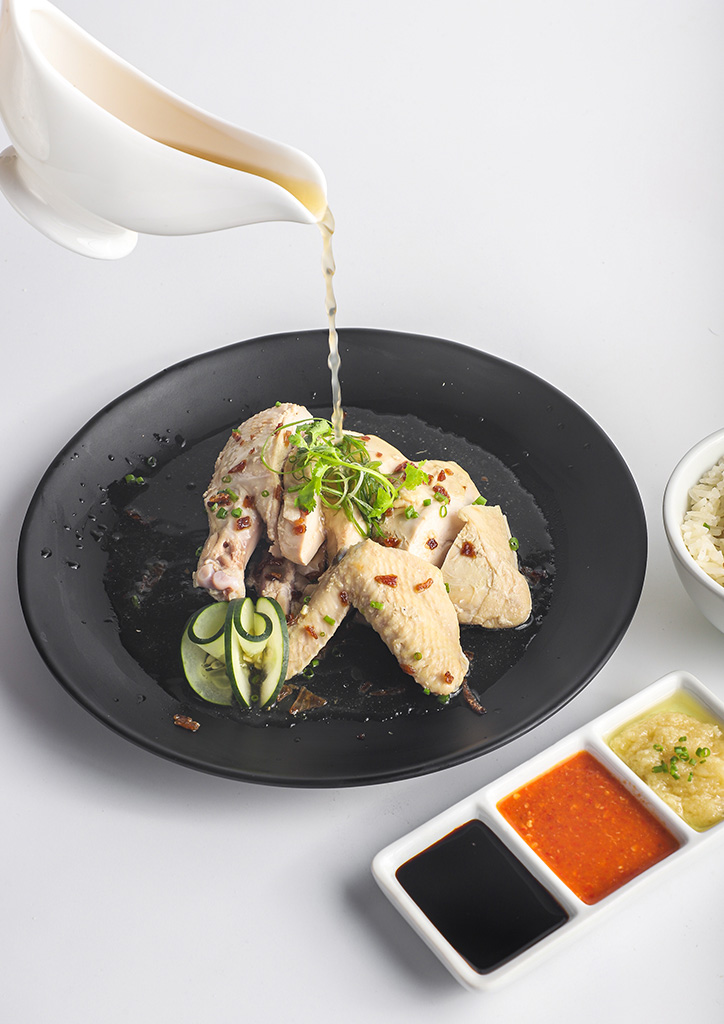
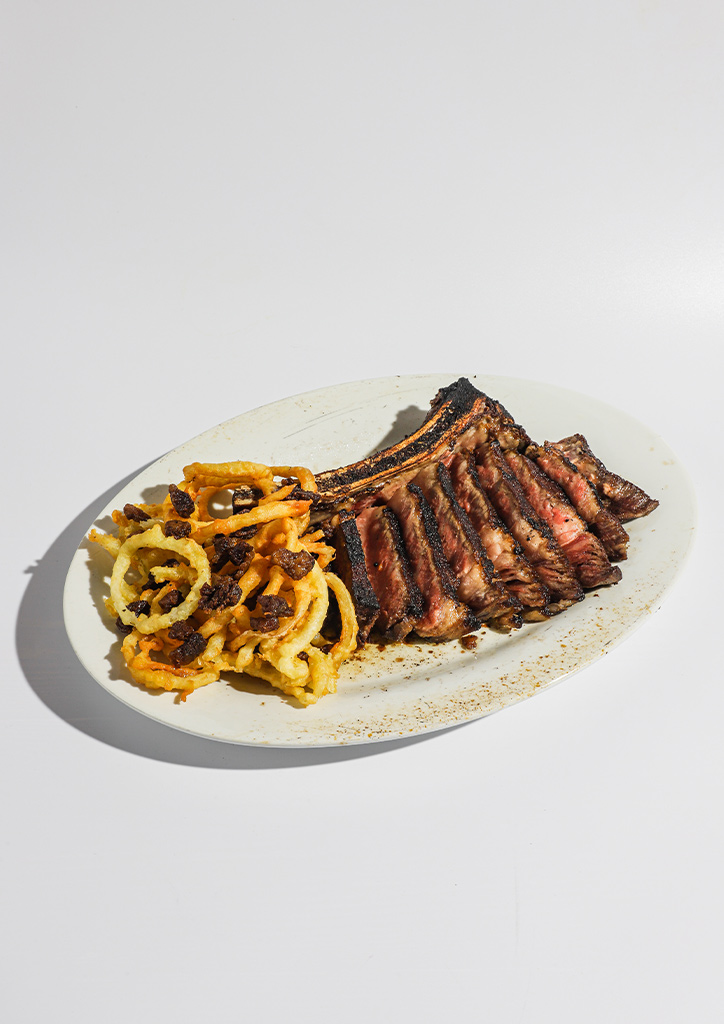
On Sustainability and Taking a Hands-on Approach
Food wastage and spoilage are just some of the daily occurrences in running a restaurant business, which not only takes a toll on expenses but also negatively affects the environment. With that in mind, Chef Ferdie employs a sustainable approach that allows the business to work smart.
“We try to develop dishes from whatever ingredients we already have from our other dishes,” he shares. The result? Minimal wastage and a more concentrated inventory of ingredients. “We don’t have an ingredient that we use for one particular dish—almost all of the ingredients criss-cross [with each other]. Yes, we have a diverse menu, but if you look at our ingredient list, it’s not much.”
In fact, this approach works well with the restaurant’s principle of employing a hands-on approach to making everything from scratch. “Like the lettuce [in our salads], it expires quickly. Before it expires, we make it into our own house-made kimchi.”
“And of course, our dry-aged meat,” he adds. “As I’ve said, we try to sell it within two weeks. So everything that goes beyond two weeks, we ground it and make it into our breakfast steak sandwich or meatballs for our pasta. It’s ground rib-eye—you can actually serve it as a burger. That’s what sets us apart from other restaurants.”
“Right now, we’re trying to get a good, consistent source of potatoes, so we can make our own french fries. Freshly made every day. Even our ramen noodles and gyoza wrapper, we make them from scratch.”
Expansion and Plans for the Future
Before the restaurant grew into the multi-branch empire that it is today, Hai Chix and Steaks started out in Ortigas Home Depot (opened in January 2012) as an intimate hole-in-the-wall type of restaurant. But with the continuous outpouring of support from regulars and new customers, the restaurant opened branches in Greenhills and Estancia.
In fact, now, the establishment is gearing up for an expansion in Bonifacio Global City (BGC)—set some time in September. “It’s along 7th avenue. Street level, and then there’s a ramp going up—that’s Hai Chix—and we’re next to Single Origins,” Chef Ferdie reveals, though the date will depend on both renovations and kitchen testing.
Expansions, however, don’t just stop at new branches. With coffee shops growing in popularity, the team behind Hai Chix and Steaks welcomes its newest venture: Cooper’s Coffe Haus, which was fondly named after the family dog. “We just started around April this year,” shares Gabby Bitong, the son of co-owner Sonny Bitong. “We’re still on the early side of the business—still a start-up—and it started because we were really into coffee.”
Setting its base first in the familiar warmth of Hai Chix’s Estancia branch, the owner reveals that plans for expansion are in motion. “As of right now, a [standalone coffee shop] is the goal, when Cooper’s gains popularity,” he shares. “We’re looking into Filoil Eco Oil Centre in EDSA as the spot for the first standalone shop in the near future.”
“For me, the only thing we really aim for in making it stand out against other competition is that we’re focusing on coffee and crepes,” the young owner continues. “We want to be known not only as a coffee shop, but also [as a place] for crepes. Right now, we’re serving three crepes, but we’ll soon have a larger variety—around 10 crepes.”
Exciting times await for both Hai Chix and Steaks, as well as Cooper’s Coffee Haus, as the family seeks to offer diverse dishes under one roof—one that’s fitting to adapt to the ever-changing times while maintaining its roots.
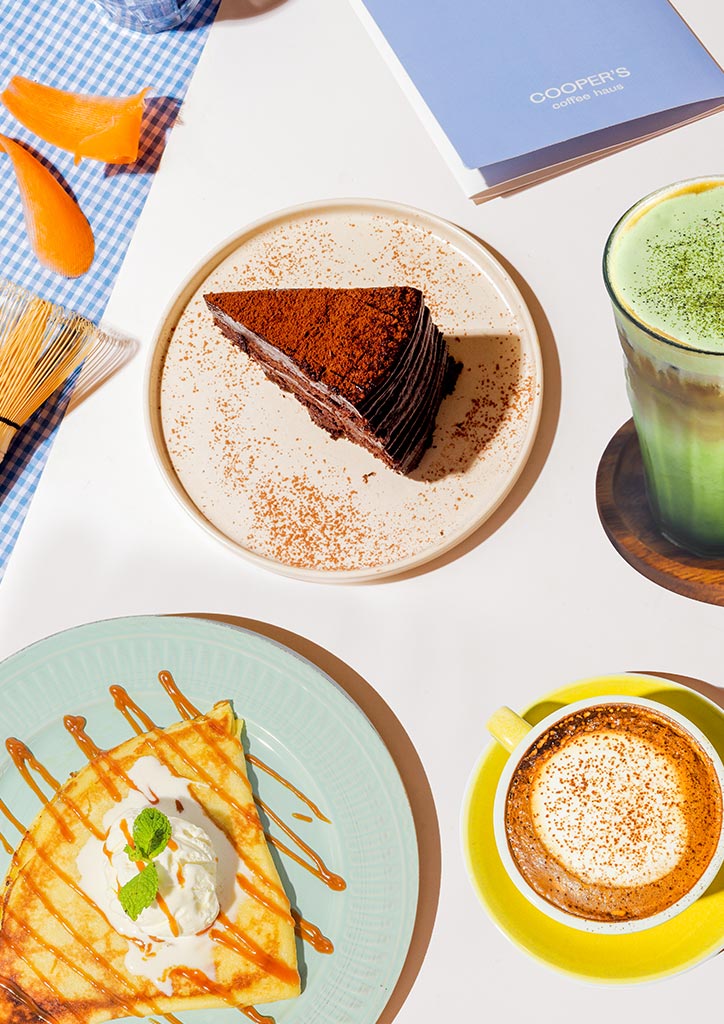
Photos from Hai Chix and Steaks and Cooper’s Coffee Haus
French-Japanese Restaurant Cafe Kitsune Opens First Branch in the Philippines


